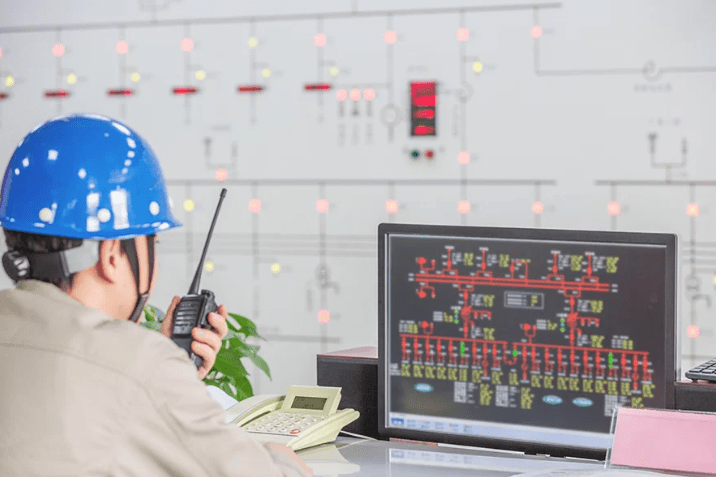
In the world of industrial operations, heat is both a byproduct and a warning sign. Left unmanaged, it can compromise efficiency, safety, and system longevity. That’s why predictive thermal management has emerged as a vital tool for modern facilities — not just to control temperature, but to proactively prevent problems before they start.
Thermal Monitoring: Proactive, Not Reactive
Infrared thermography has become a cornerstone of predictive maintenance programs. These non-invasive scans detect abnormal heat patterns — such as overheating motors, loose connections, or failing components — without shutting down operations. By identifying thermal anomalies early, teams can take corrective actions that reduce downtime, cut repair costs, and avoid safety hazards.
Materials That Stand Up to the Heat
Managing thermal risks isn’t just about monitoring — it’s about resilience. The materials used in industrial systems must withstand constant high temperatures without degrading. Borosilicate glass, for example, performs reliably at up to 932°F (500°C), while advanced glass-ceramics like PyroCeram® and NeoCeram® hold up under even more extreme conditions (up to 1470°F/800°C). These materials are essential in high-intensity environments like kilns, furnaces, and precision electronics.
Electronics are especially sensitive. Each chip and circuit has thermal thresholds — exceed them, and you’re risking system failure. Predictive thermal tools help operators keep these components within safe limits, ensuring consistency and uptime.
Data Synergy: Thermal Imaging Meets Predictive Analytics
When used alongside other condition-monitoring tools — like vibration analysis, oil sampling, and electrical testing — thermal data becomes part of a larger predictive strategy. Together, these insights offer a more complete view of asset health, enabling smarter scheduling, better resource allocation, and fewer surprises on the production floor.
The Role of Expertise
Technology can collect the data, but human judgment turns it into action. Skilled technicians who understand how to interpret thermal scans, assess patterns, and prioritize responses are the real drivers of success. Continued training and certification are key to maximizing the impact of predictive thermal strategies.
Why It Pays to Prioritize Heat Management
Forward-thinking facilities see thermal control not as an optional layer, but as a foundational strategy for long-term reliability. It reduces wear on components, extends system life, enhances safety, and preserves throughput — all while giving teams the confidence to plan ahead instead of playing catch-up.
By investing in smart materials, proven tools, and skilled personnel, organizations can transform heat from a risk factor into a source of insight — one that drives efficiency and protects the bottom line.
For more information on thermal management in predictive maintenance, please check the accompanying resource from Linseis, a provider of thermal analysis equipment.




